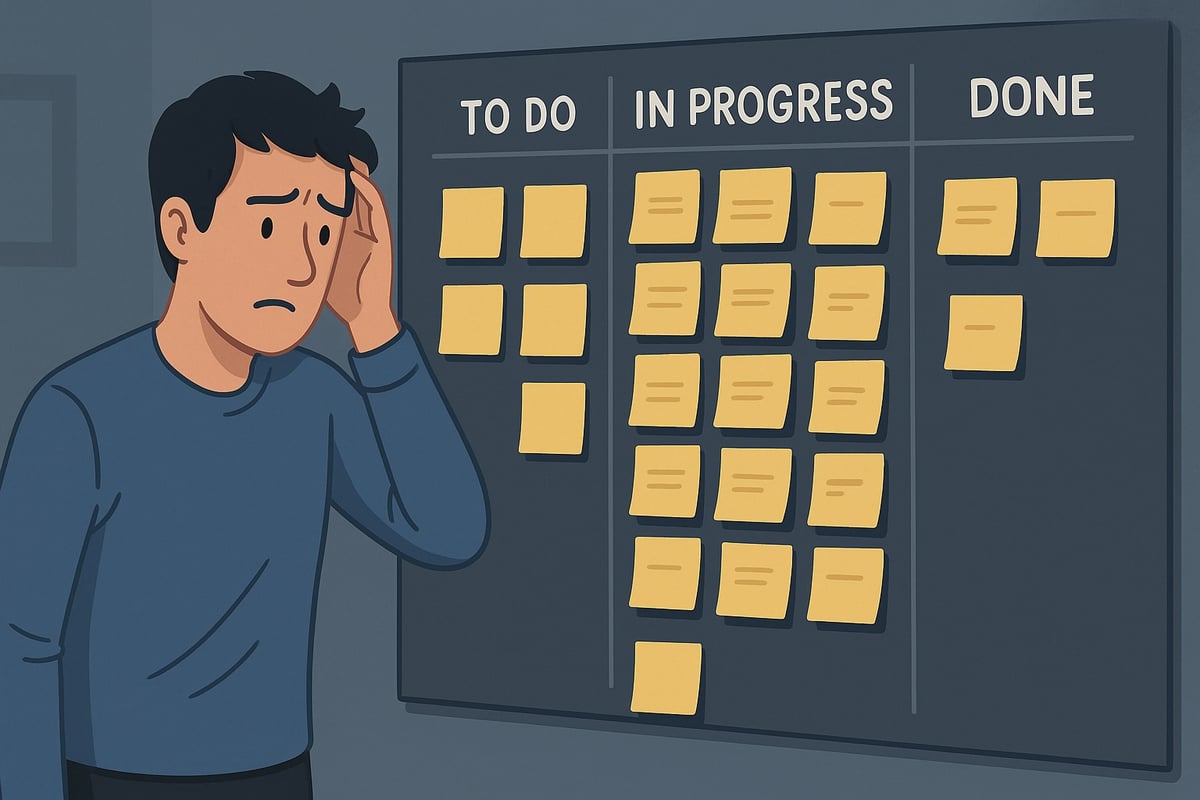In today’s fast-paced technology landscape, the speed at which your organization can deliver software has become a critical competitive advantage. Yet many companies continue to operate with slow, unpredictable release cycles, unaware of the significant economic penalties they’re incurring. This hidden tax on innovation isn’t just frustrating your engineering team, it’s actively eroding your bottom line.
Quantifying the Hidden Cost of Slow Software Delivery
The Cost of Delay (CoD) framework provides a powerful method for understanding the economic consequences of delayed software releases in concrete financial terms. As Don Reinertsen, who introduced this concept, explains, CoD can be described as “the partial derivative of lifecycle profit with respect to a change in the availability of a product”. In simpler terms, it measures what each day, week, or month of delay is actually costing your business.
These costs are far more substantial than most leaders realize:
Direct Revenue Impact
When a feature or product is delayed, the revenue it would have generated is permanently lost. If a feature is expected to generate $10,000 in monthly revenue, a three-month delay means $30,000 in lost potential income, an opportunity cost often overlooked in traditional project planning.
For SaaS platforms especially, delays in launching key features can significantly impact upsell opportunities and new customer acquisition. Delaying the release of critical functionality doesn’t just postpone revenue, it permanently eliminates income that can often never be recovered.
This isn’t just theoretical. If your product roadmap includes features expected to drive revenue, whether through new customer acquisition, upsells, or reduced churn, every day those features aren’t in customers’ hands represents real money lost forever.
Engineering Productivity Costs
Beyond missed revenue, slow releases tend to generate a cascade of inefficiencies within engineering teams. These include:
- Context Switching: Engineers forced to juggle multiple projects due to extended release cycles experience more context switches
- Higher Merge Conflict Rates: Longer release cycles lead to more integration challenges
- Talent Retention Issues: Slow release cycles also impact engineering talent retention, as developers prefer to work in environments where they can ship code and see their impact more frequently
When quantified across an engineering team, these inefficiencies translate to significant wasted engineering capacity. Essentially, you’re paying top talent to fight friction rather than deliver value.
Competitive Disadvantage
I’d argue that the most dangerous thing about delays is the market opportunity that they create for competitors. When you’re slow to market, you’re not just missing revenue, you’re potentially providing an opening for competitors to establish themselves as market leaders and capture market share that becomes increasingly difficult to reclaim.
The damage to customer trust and loyalty compounds over time, creating a vicious cycle of churn and brand damage. In competitive markets, being consistently late with new features or products can permanently alter your market position.
Calculating Your Cost of Delay
The basic formula for calculating Cost of Delay is refreshingly straightforward:
Cost of Delay = Monthly Value × Development Time
For example, if a feature is expected to generate $10,000 in monthly revenue and requires three months to build, your CoD is $30,000. Each additional month of delay adds another $10,000 to this cost.
When prioritizing multiple features, product managers can use the CD3 method (Cost of Delay Divided by Duration) to determine which initiatives deliver the highest value relative to development time:
- Feature A: Takes 4 weeks to build and generates $8,000 monthly
- CoD = 4 × $8,000 = $32,000
- CD3 = $32,000 / (4 × 1,000) = 8
- Feature B: Takes 12 weeks to build and generates $15,000 monthly
- CoD = 12 × $15,000 = $180,000
- CD3 = $180,000 / (12 × 1,000) = 15
In this example, Feature B has a higher CD3 value (15 compared to 8), suggesting it should be prioritized despite requiring more development time. This methodology helps teams make more informed decisions based on economic impact rather than gut feelings or stakeholder pressure.
Strategies to Reduce Your Cost of Delay
Recognizing the significant impact of delays, organizations need effective strategies to minimize their cost. Several approaches have proven particularly effective:
1. Implement Efficient Release Management
A well-structured release management process is essential for minimizing delays:
- Define clear objectives and timelines for each release, with realistic schedules that accommodate development, testing, and deployment phases
- Utilize Agile methodologies to break down releases into smaller, manageable increments
- Implement Canary or Phased Rollouts to gradually expose releases to a subset of users first, catching issues early without impacting your entire user base
Organizations that implement structured release processes report significantly lower costs of delay and faster time-to-market.
2. Embrace Automation and CI/CD
Automation is perhaps the single most powerful lever for reducing delays:
- Implement CI/CD pipelines to automate build, test, and deploy cycles
- Automate testing across unit, integration, and acceptance levels
- Use feature flags to decouple deployment from release
A case study from Snyk described by Engineering Enablement highlighted how reducing build times from 40 minutes to 20 minutes can have meaningful business impact when properly quantified using the CoD framework. Even seemingly small improvements in development efficiency can translate to substantial cost savings.
3. Use CD3 for Strategic Prioritization
The CD3 method mentioned earlier provides an effective framework for prioritization:
- Calculate the CoD for each feature or project
- Divide by duration to get the CD3 value
- Prioritize items with the highest CD3 scores
This approach ensures teams work on items delivering the most economic value relative to effort, maximizing overall return on development resources.
4. Improve Communication and Stakeholder Alignment
Effective communication is essential for managing expectations and preventing delays:
- Implement transparent progress tracking across teams and stakeholders
- Establish clear workflows and centralized communication tools
- Use real-time progress tracking and automated notifications to prevent miscommunication
By quantifying the cost of delay, teams can better communicate the financial implications of decisions to stakeholders, making it easier to gain support for initiatives that improve development velocity.
Conclusion: From Theory to Practice
The Cost of Delay framework provides a powerful methodology for quantifying the economic impact of slow software releases. By transforming time into monetary terms, it helps organizations make more informed decisions about prioritization, resource allocation, and process improvements.
Organizations that effectively implement CoD calculations and take steps to minimize delays can realize significant benefits:
- Improved ROI through better resource allocation
- Enhanced competitiveness by bringing features to market faster
- Increased customer satisfaction from more reliable and timely releases
- Better stakeholder management through quantifiable data on financial risks and opportunities
For companies looking to gain a competitive edge in today’s fast-paced digital landscape, understanding and addressing the cost of delay isn’t just a technical consideration—it’s a strategic business imperative that directly impacts the bottom line.
What steps is your organization taking to measure and minimize the cost of delay? The answer might be worth millions to your business.








